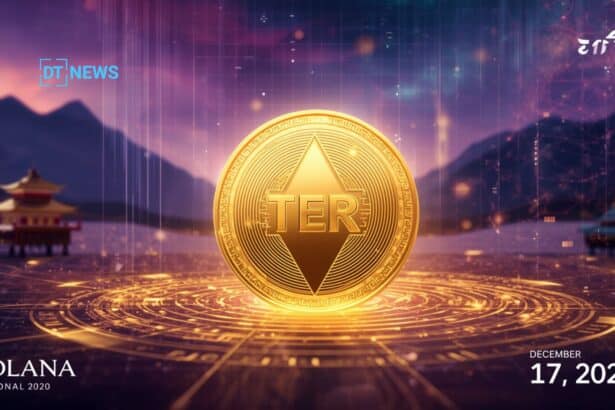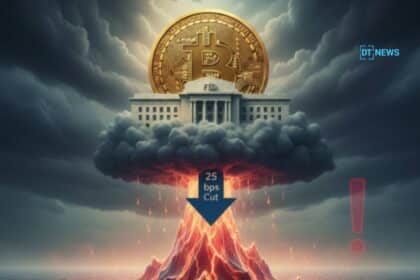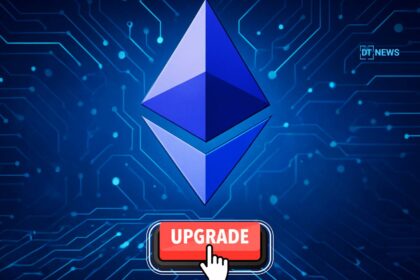CFTC Withdraws 2020 Crypto Guidance: Exchanges Gain Major New Freedom
The CFTC crypto guidance withdrawal marks an important shift in U.S. regulations…
Hedera Breaks Into Defense Tech: Neuron Joins NATO’s DIANA Innovation Program
This article was first published on Deythere. Public distributed ledger Hedera and…
YouTube Adds PYUSD Payouts for US Creators
This article was first published on Deythere. YouTube has enabled a new…
Gemini Titan Wins CFTC Approval to Launch Regulated U.S. Prediction Market
This article was first published on Deythere. After 5 years of regulatory…
Tether Unveils Offline AI Health App With Full Data Control
This article was first published on Deythere. An AI health app often…
Bitcoin Price Prediction Splits Analysts: Is Bitcoin Headed for $100K or Below?
This article was first published on Deythere. As December continues to unfold,…
ETHBTC Breakout Ignites Fresh Hopes for an Altcoin Season Revival
The recent ETHBTC breakout is one of the biggest technical changes in…
Bitcoin Spikes on Fed’s 25 bps Cut but Volatility Signals Caution Ahead
The latest rate decision from the United States central bank arrived at…
‘Trump Billionaires Club’ Launches With $1M Token Pool
This article was first published on Deythere. There’s a new crypto-fueled mobile…
Ethereum First BPO Fork Goes Live After Fusaka Upgrade: What to Expect
The Ethereum BPO fork has officially gone live following the Fusaka rollout,…




















































































































